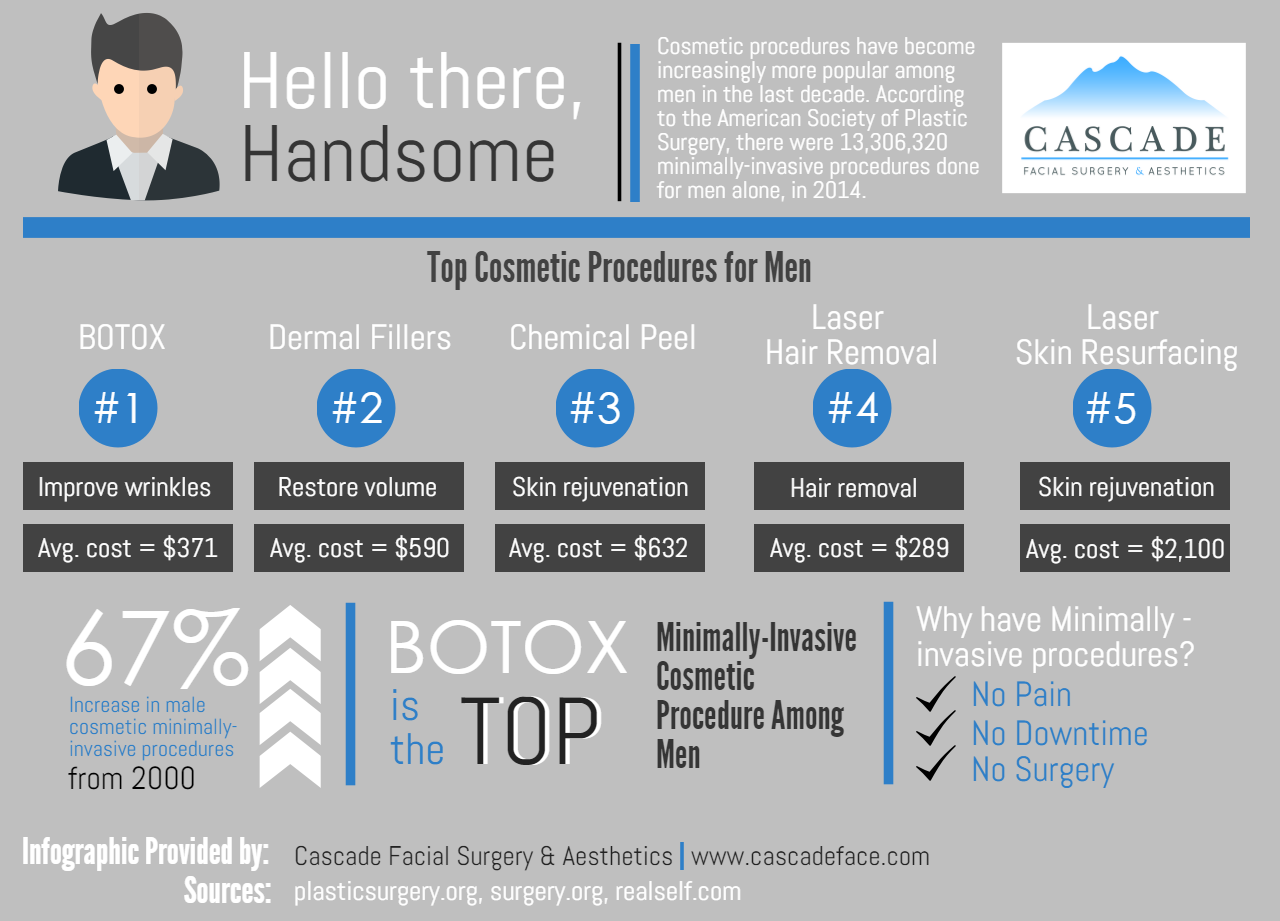How Often Should You Exfoliate Acne Prone Skin
How Often Should You Exfoliate Acne Prone Skin
Blog Article
Acne Marks and Post-Acne Care
Acne scars and dark marks can stay also after the acne itself has actually gotten rid of. Yet there are many natural, over-the-counter and medical treatments that can decrease their appearance.
Ice choice marks are small indentations that appear like pinpricks; rolling scars have a wave-like appearance and superficial depth; boxcar marks have clear edges; hypertrophic scars are elevated bumps. Treatments consist of skin needling, where your doctor rolls a needle-studded gadget over the skin; and medical excision, when a health care professional remove deep scars.
1. Exfoliate
Acne marks fade best when they aren't covered with dead skin cells. Peeling eliminates the build-up and enables fresh skin cells to come to the surface area. It likewise makes acne scars much less visible.
A skin doctor can suggest exfoliation approaches for your particular skin type. Dry skin might benefit from peeling with scrubs or other mechanical methods, while oily skin might require a chemical peel. Those with darker complexion need to be cautious using more powerful chemical treatments, as they can cause dark areas and level of sensitivity.
If you have acne scars, stay clear of choosing or pressing at them, which can make them worse. Swelling triggered by irritability enhances the opportunity of scarring. Picking can leave ice-pick marks, which are narrow impressions with a point at the end. You can likewise obtain boxcar scars, which are impressions with wider sides. You can also establish hypertrophic or keloid marks. These are raised bumps of mark tissue that can be itchy and painful.
2. Moisturize
After finishing your acne treatment, maintaining skin clear and healthy and balanced requires a regular skincare routine that shields from breakouts and minimizes post-acne marks. This consists of a gentle cleanser and cream, non-comedogenic items that don't block pores, and staying clear of foods that irritate skin or trigger acne flare-ups.
Making use of a light-weight, non-comedogenic moisturizer with components like hyaluronic acid and glycerin can aid moisturize skin while additionally improving skin structure and advertising recovery. Search for an item that is created without fragrance or parabens.
A product that targets remaining acne marks with active ingredients such as skin-brightening tranexamic acid and bakuchiol can improve dark areas or irregular tone caused by inflammation. It carefully resurfaces the skin while smoothing harsh and textured areas. A product that incorporates a retinoid and a plant-based retinol alternative can also enhance the look of much deeper scars while at the same time targeting existing acnes and protecting against future breakouts.
3. Cover
When your acne marks recover, you can conceal them with make-up and a concealer. Just ensure you're only using the item over marks that are totally recovered (not fresh ones), claims Sotomayor. After that, finish your look with a bold lip color or declaration great smoky eye shadow for maximum impact.
When it comes to choosing a structure or colored cream, it is necessary to choose one that is noncomedogenic and oil-free. This will help keep your skin clear and prevent the obstructing of pores that can bring about brand-new breakouts.
The same opts for selecting a concealer. Seek a formula that supplies complete protection but still feels light-weight and blendable on the skin. Additionally, when hiding impressions from acne marks, it's a great idea to locate a shade that matches your natural skin tone (as opposed to a color lighter or darker). This will help hide the indents better. This nourishing balm is an excellent alternative for lightening up and lightening post-inflammatory hyperpigmentation, which can be triggered by acne or other inflammatory skin conditions. It has moisturizing panthenol, softening shea butter and enhancing peptides that reduce soreness and scaly texture.
4. See Your Skin doctor
The marks that form from extreme acne commonly need therapy by a medical professional or skin specialist. Prior to that can occur, though, a person needs to have their acne under control. This consists of not choosing or squeezing acne places, and utilizing mild cleansers and water-based non-comedogenic items that won't block pores.
If drugstore cleansers and place treatments aren't removing your skin, routine an appointment with a skin doctor. The skin specialist can recommend various xeomin vs botox other treatments that aid clear your skin without drying it out or bothersome it.
A skin specialist can also deal with other sort of post-acne marks, including dark places that are a type of hyperpigmentation called PIH (post-inflammatory hyperpigmentation). A topical retinoid like adapalene can noticeably lighten these marks and fade them promptly. For other sorts of scars, the medical professional can suggest an extra intensive therapy. This could consist of microdermabrasion or chemical peels that are done right in the workplace. Depending on the intensity of your scars, these treatments might need to be duplicated.